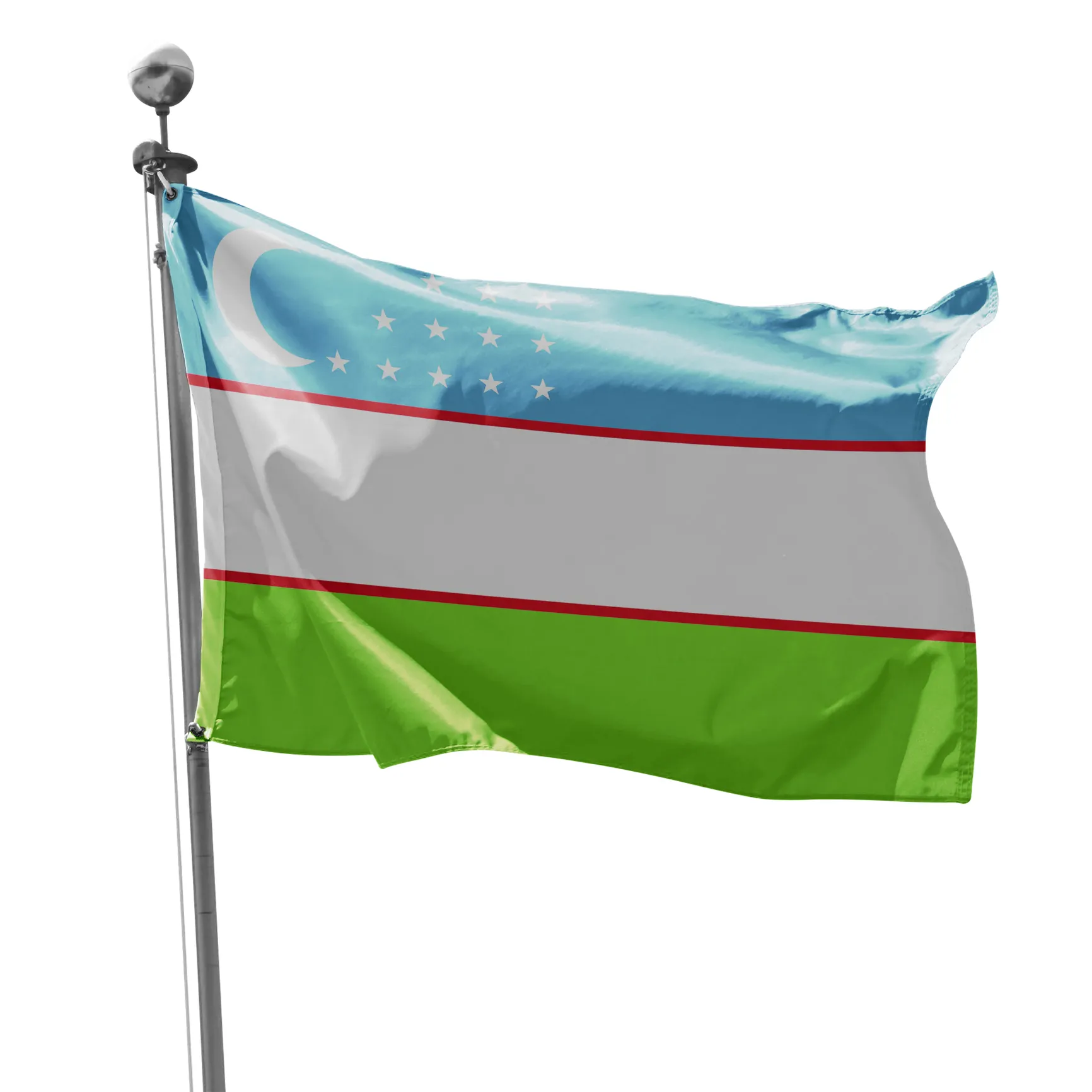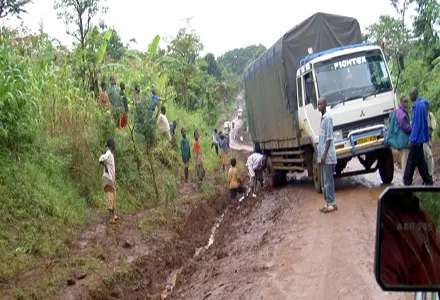
A loan of US$165.5 million will help boost Uzbekistan’s transport sector. The loan is being provided by the Asian Infrastructure Investment Bank (AIIB).
The funding is intended to improve Uzbekistan’s road system, benefiting safety and climate resilience for the roads in the Bukhara region.
Good road connectivity is essential for landlocked Uzbekistan. The country’s road network is crucial for the transport of goods and passengers. But Uzbekistan’s road infrastructure has suffered from insufficient spending to meet the need for growing traffic demand. The Uzbekistan Government has identified modernising road transport as a priority for development and is securing funds to fill the financing gap.
To address this financing need, the Bukhara Road Network Improvement Project Phase 1 will support the rehabilitation and maintenance of a 78km section of the international road A380 in the Bukhara region. As a key international freight corridor, upgrades to the road would increase transport of international freight and develop trading, resulting in wider benefits for the Bukhara Region.
“This project is of regional importance and well-aligned with AIIB’s strategic priority of promoting cross-border connectivity to unlock greater productivity and higher economic growth,” said AIIB vice president, Investment Operations, Konstantin Limitovskiy. “As our first stand-alone transport project in Uzbekistan, the financing will help enhance the country’s transport infrastructure and strengthen key international transport corridors across the Eurasian landmass.”
The financing will also pave the way for the next phase of the project, which covers rehabilitation and maintenance of international road M37 sections in and around the Bukhara region, as well as regional/local road networks in the Republic of Karakalpakstan and Khorezm regions.
In addition to improving road efficiency and safety, the project is expected to enhance resilience to the negative impacts of climate change.








